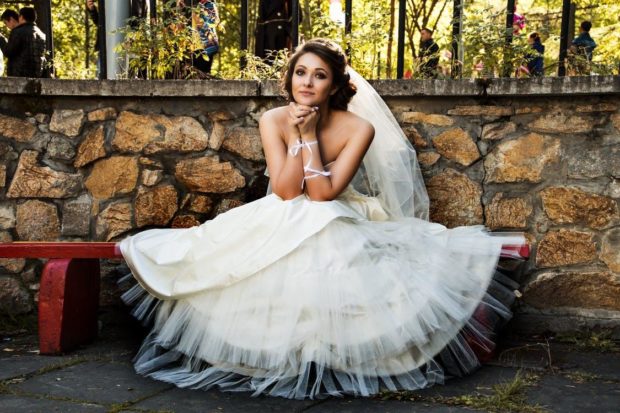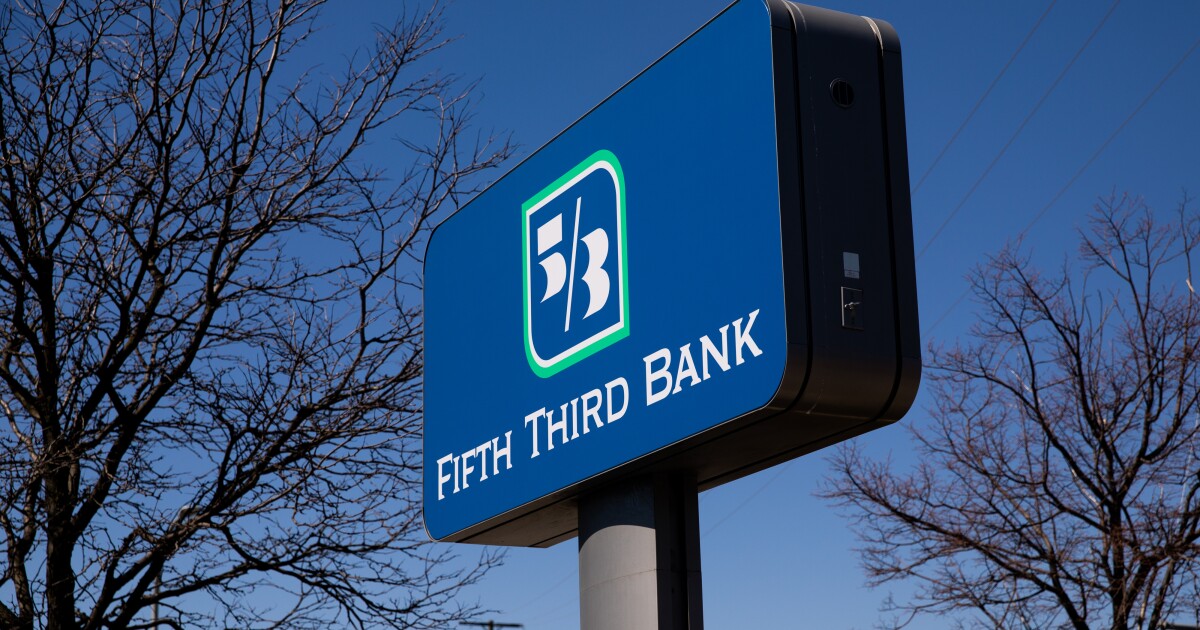Preparing for a wedding is not just about choosing a dress and inviting guests; it’s a comprehensive process that requires meticulous planning and attention to detail. A wedding is one of the most significant events in life, and the success of the day depends on how well all aspects are managed. In this article, we will explore 5 key areas to help you in planning the perfect wedding, the wedding of your dreams.
1. Set Your Budget
This is a crucial stage in wedding preparation, as it sets the boundaries for all subsequent decisions and helps avoid unexpected expenses. Start by discussing with your partner the total amount you are willing to spend on the wedding. Consider both your own funds and possible financial contributions from parents or other relatives.
Budget Allocation
Divide the budget into main expense categories such as:
• Venue: Rental of the hall, restaurant, or outdoor location. Don’t forget to factor in additional costs like furniture, decorations, and equipment rental.
• Food and drinks: Cost of catering or restaurant service, including the wedding dinner, drinks, and appetizers.
• Decor: Flowers, hall decorations, wedding arches, table settings, and other decor elements.
• Photographer and videographer: Services of professionals to capture your special day.
• Attire and accessories: Wedding dress, suit, shoes, jewelry, and other accessories.
• Entertainment: Live music, DJ, show programs, or other entertainment for guests.
• Transportation: Rental of cars for the newlyweds and guests, if needed.
• Invitations and favors: Creation and mailing of invitations, as well as preparation of small gifts for guests.
• Miscellaneous expenses: Makeup artist, hairstylist, photo booth rental, and other minor but important details.
Reserve for Unexpected Costs
It is crucial to allocate about 10-15% of the total budget for unforeseen expenses. Additional costs can arise during preparation that are hard to predict in advance, such as an increase in the number of guests, additional decorations, or other unforeseen circumstances. Having a financial reserve will help you manage these situations without added stress.
Expense Tracking and Monitoring
Create a spreadsheet or use specialized wedding budget management apps. This will allow you to detail each expense category and track planned and actual amounts. Regularly updating this information will help you monitor expenses and make timely adjustments.
2. Create a List of Priorities
The next step in planning your wedding is to create a list of priorities. This process will help you focus on the elements that are most important to you and your partner, and allocate resources rationally. Understanding your priorities will help you avoid unnecessary expenses and direct resources to what truly matters.
Determining Key Wedding Aspects
Start by discussing with your partner what you consider most significant about your wedding day. This could include:
• Venue: A luxurious location with a beautiful view or a cozy family restaurant.
• Photography and videography: A professional photographer and videographer who can capture all important moments.
• Attire and appearance: The perfect wedding dress, suit, hairstyle, and makeup.
• Music and entertainment: A live band, DJ, or unique show program.
• Cuisine: An exquisite menu and a luxurious wedding cake.
• Decor and styling: A unique style and theme that create a special atmosphere.
• Guest list: The number of guests and the ability to invite all close friends and family.
Creating a Wishlist
After determining key aspects, make a detailed wishlist. Write down everything you would like to see at your wedding, beyond the basic elements. This could include themed decor, exclusive wedding invitations, or additional guest entertainment such as a photo booth or karaoke.
Setting Priorities
Divide the wishlist into three categories:
• Critically important elements: Those without which you cannot imagine your wedding. This could be a specific venue, a particular photographer, or a style of attire.
• Desirable but not essential elements: Things you would like to have but can forgo if you need to cut the budget.
• Non-essential elements: Extra details that would be nice but are not critical to the overall experience.
Saving and Redistributing Funds
Now that you have a clear understanding of your priorities, consider ways to save. For example, if excellent music is more important to you than having a large number of live flowers, you can cut back on decor expenses and redirect those funds to music. Alternatively, if inviting all loved ones is a priority, you might choose a more modest venue and save on rental costs.
3. Choose the Date and Venue
The right timing and location set the tone for the entire event and create the atmosphere you want to convey to your guests.
Choosing the Date
Seasonal Considerations
Start by deciding on the season you want to have your wedding. Different times of the year offer unique advantages and challenges:
Spring: A wonderful time for a wedding with blooming plants and pleasant weather. However, rain should be considered.
Summer: Ideal for outdoor celebrations and beach weddings. But high temperatures might require extra costs for tents and air conditioning.
Fall: The rich palette of autumn colors creates a cozy and romantic atmosphere. However, unpredictable weather may require contingency plans for rain.
Winter: Winter weddings can be incredibly beautiful and magical, especially in snowy locations. However, cold weather may limit venue choices and require additional heating costs.
Popular Dates
Some dates might be more popular, such as symbolic numbers (e.g., 24.12.2024), holidays, or weekends. These dates should be booked well in advance, as they may already be taken. Additionally, popular dates might increase venue and service costs.
Choosing the Venue
Types of Venues
The choice of venue should match your preferences and wedding concept:
Banquet halls and restaurants: Suitable for traditional weddings with a large number of guests.
Hotels and resorts: Great for those who want to combine the wedding with a vacation and provide guests with overnight accommodation.
Wineries and farms: Ideal for those looking for a picturesque and unique location with a natural ambiance.
Beaches and parks: Perfect for outdoor ceremonies but require consideration of weather conditions and permits.
Historical buildings and castles: Suitable for creating a fairytale atmosphere and adding historical charm.
Guest Convenience
Consider the convenience of the venue location for your guests. If many guests will be traveling from afar, choose a venue easily accessible from major transport hubs like airports and train stations. Ensure there is accommodation available for guests, especially if the wedding is in a remote or tourist area.
4. Choose the Wedding Style and Theme
Selecting a theme and style for the wedding is an important step in creating the atmosphere for your special day. This decision should reflect your personal tastes, preferences, and the uniqueness of your couple. The wedding theme will serve as the foundation for all other aspects — from decor and attire to music and menu.
Determining the Style
Classic Style
The classic style implies elegance and refinement. It includes traditional elements such as white flowers, fine tableware, luxurious fabrics, and subdued colors. This style suits couples who value traditions and seek an elegant, timeless look.
Boho (Bohemian Style)
Boho style is characterized by freedom and relaxed vibes, combining various textures and vibrant colors. It features natural elements like flower crowns, wooden details, colorful cushions, and fabrics. A boho wedding is ideal for those who love creativity and want to create a laid-back, artistic atmosphere.
Vintage
Vintage style involves using elements and details from past eras. This might include antique decor items, retro cars, vintage dresses, and suits. The color palette usually includes pastel tones and muted colors. This style is perfect for history and romance enthusiasts.
Themed Weddings
Themes can vary widely — from favorite movies or books to specific eras or cultural styles. For example, a wedding themed around “Alice in Wonderland,” “The Great Gatsby,” or a nautical theme. A themed wedding allows you to express creativity and create a unique event that reflects your personality.
Sources of Inspiration
For choosing a style and theme, use various sources of inspiration:
Internet: Wedding blogs, Pinterest, Instagram, and specialized websites offer a plethora of ideas and examples. For instance, you can find inspiration and explore the latest wedding trends for 2024 in this article.
Wedding expos: Attending such events helps you see the latest trends and find suppliers.
Magazines: Print publications can offer classic and new ideas, as well as expert advice.
Decor Details
Decor is one of the key elements that helps bring the chosen style and theme to life. Consider colors, lighting, textiles, and furniture elements. For a classic wedding, you might use candelabras and white floral arrangements, while for a boho wedding, you could incorporate macramé and wooden elements.
Color Palette
Choosing a color palette plays a crucial role in creating a cohesive wedding look. Think about which colors best reflect your style and theme. For a classic wedding, white, gold, and pastel tones are often used; for boho, bright and rich colors; and for vintage style, soft and muted shades.
Accessories and Small Details
Don’t forget about small details that can emphasize the chosen theme. These might include table signs, place cards, wedding invitations, and other small touches. For a vintage wedding, antique photo frames work well, while for a boho wedding, flower crowns and decorative feathers are fitting.
Style Consistency
It’s important that all elements of the wedding are coordinated and create a unified style. The attire of the newlyweds and guests, venue decor, music, and even the menu should harmonize and reflect the chosen theme.
Choosing the wedding style and theme is an opportunity to make your event unique and memorable. Carefully consider all details to create an atmosphere that reflects your love and individuality.
5. Time Management and Final Preparations
Time management and final preparations are the concluding stage of wedding planning, playing a key role in the successful execution of the day. A well-planned schedule helps avoid chaos, calm nerves, and ensure a smooth flow of events.
Defining Key Moments
Start by defining all the key moments of the wedding day to include in the timeline:
Preparation: Bride and groom preparations, makeup artists, hairstylists, getting dressed.
Pre-ceremony photos: If you plan to have a photo session before the ceremony, allocate time for it.
Ceremony: Start and end of the ceremony, rituals, ring exchange, vows.
Congratulations and cocktail hour: After the ceremony, guests can congratulate the newlyweds and enjoy light snacks.
Main photo session: Usually takes place after the ceremony when guests might be busy with the cocktail hour.
Transition to reception venue: If the reception is at a different location, include time for the transition.
Reception and dinner: Welcome speech, dinner, toasts.
Dancing and entertainment: First dance of the newlyweds, entertainment program, performances.
Cake cutting: Traditional moment for cutting the wedding cake.
Ending the party: Farewell words, fireworks, or other final touches.
Time Calculation
For each event, determine the required time, considering possible delays. For example, preparation might take 2-3 hours, the ceremony 30-45 minutes, and the reception several hours. Don’t forget to allow for unforeseen delays such as traffic jams or weather conditions. It is recommended to leave a buffer of about 15-30 minutes between major events.
Coordination with the Organizer and Participants
Discuss the prepared timeline with the wedding organizer or the person responsible for coordination. This could be a professional coordinator or a trusted person familiar with your preferences and program details. Ensure that all event participants, including hosts, photographers, musicians, and service staff, are aware of the schedule and their responsibilities.
Minimizing Stress in the Days Leading Up to the Wedding
In the days before the wedding, try to finalize all organizational matters and leave time for relaxation and preparation for the big day. Here are a few tips:
Prepare everything in advance: Ensure all clothing items, accessories, and other important items are ready and gathered.
Make a task list: Write down everything that needs to be done at the last minute, such as meeting with the hairstylist or rehearsal.
Relax: Take time for yourself, go for a massage or spa treatments, or just take a walk. This will help you stay calm and collected.
Reschedule important calls and meetings: Try to avoid additional concerns in the pre-wedding days to focus on yourself and your partner.
Final Checks
On the eve of the wedding, conduct a final check of all arrangements and schedules:
Confirm time and place with service providers — catering, decorators, musicians.
Ensure transport is ready and routes are known.
Check that all necessary documents for the ceremony are ready and on hand.
On the wedding day, trust your plan and enjoy the moment. Even if something doesn’t go as planned, don’t worry — what matters most is that the day is happy and unforgettable for you and your loved ones.
Conclusion
Wedding planning is a labor-intensive but highly rewarding process. Even with thorough preparation, unexpected situations may arise, but remember that this day is meant for your happiness. Enjoy every moment and remember that it’s your special day.
Publisher: Source link











